Bioart inspires thought

Bioart is an art practice that works with live tissues, bacteria, living organisms, and life processes. It borrows from the methods of science, such as biotechnology. Bioart can make the invisible visible and the unknown understandable with means of artistic expression. Today, bioart is maybe more relevant than ever – it doesn’t provide solutions but prompts critical questions such as: What is life? How can we collaborate with non-human organisms?
We are living in a time of systemic crises, and we desperately need new answers to the difficult questions of our time. It’s vital to challenge disciplinary boundaries and take advantage of art and science asking critical questions, revealing unexpected perspectives. Exploring and collaborating with nature and more-than-human-worlds is key.
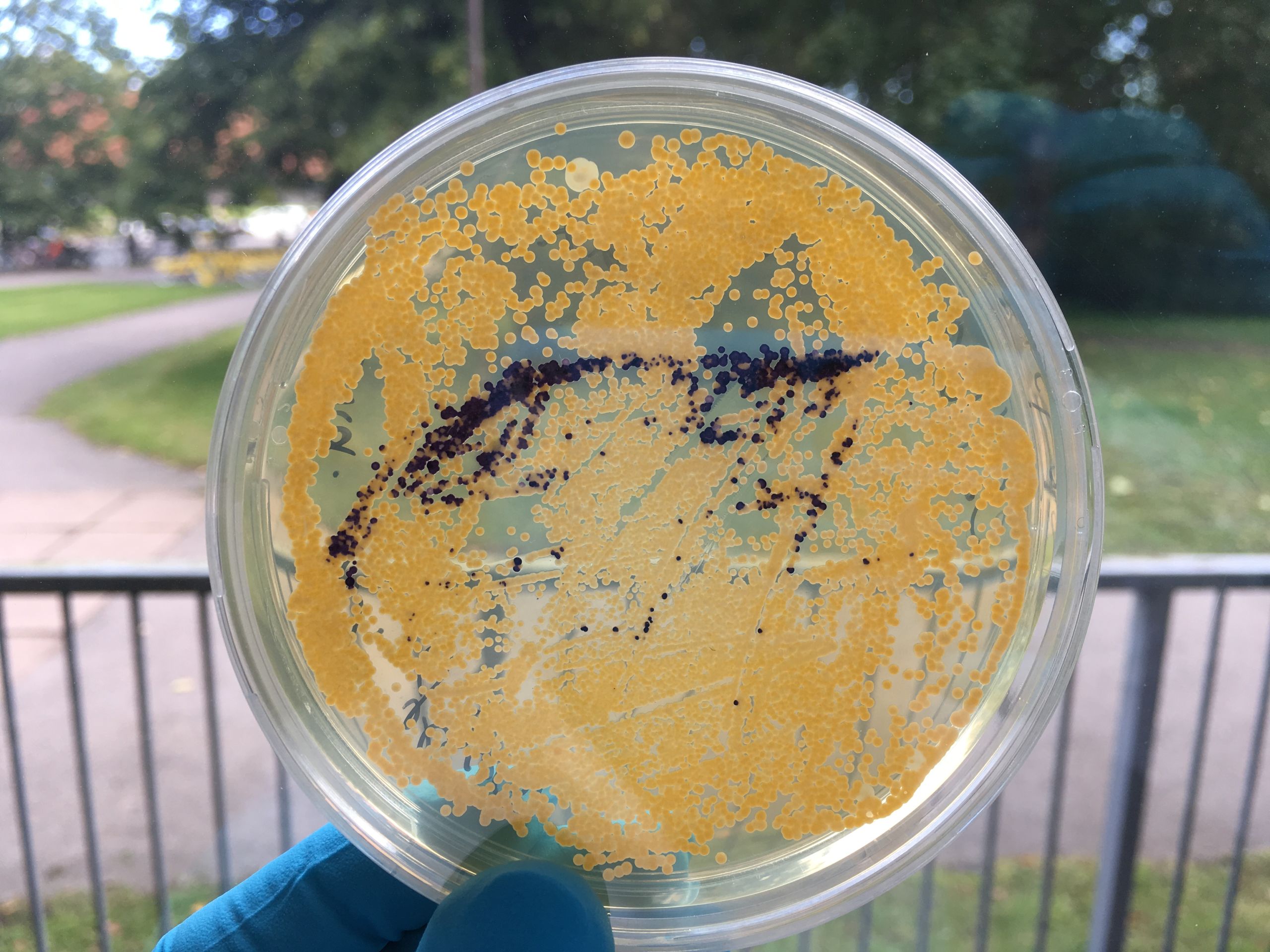
Christina Stadlbauer’s Ceramic Scar Tissue studies the significance of the kintsugi (the Japanese art of mending) and their application to the microbial world.
Christina Stadlbauer’s Ceramic Scar Tissue studies the significance of the kintsugi (the Japanese art of mending) and their application to the microbial world.
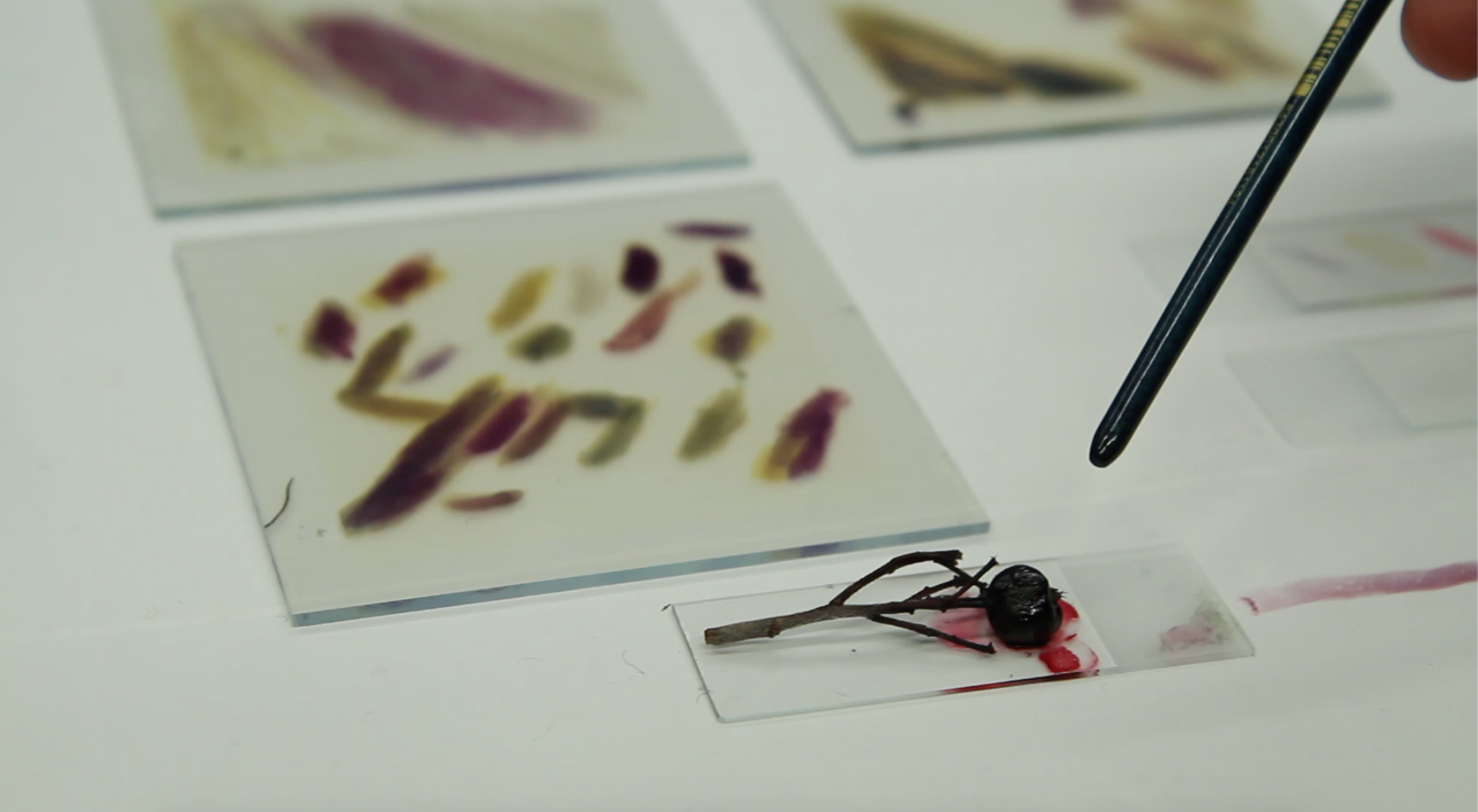
The Biofilia Lab of Aalto University launched in 2012. Biofilia acts as a fertile ground for research and experiment, in-situ prototyping, and creative work. It’s open for students, artists and researchers and provides a possibility to explore biotechnology in dialogue with scientists and researchers from a range of fields.
In 2020, Biofilia produced an exhibition Outré: Encounters with non/living things, which showcased six experimental bioart projects. The projects in the exhibition engaged with wetware, living bio media, and biological matter such as bacteria, non-human species, living cells and scientific tools and techniques.
The ethical and aesthetic commentary introduced by the artists, researchers and artscience practitioners participating in this exhibition raised new questions and discussions on the world we live in and how we understand it: including speculations on life, in/organic and extra/terrestrial matter(s), materiality, and knowledge systems or living systems. These projects were able to reveal the different entangled relationalities in the interplay of human and nonhuman agency as well as a radical uncertainty of our ontological status. Where exactly does the one ends and the other begin?
The growing interest in biomaterials and natural processes is reflected in the fields of research, design and art. This year, Aalto ARTS Books published a book ‘Art as we don’t know it’. Check it out here.
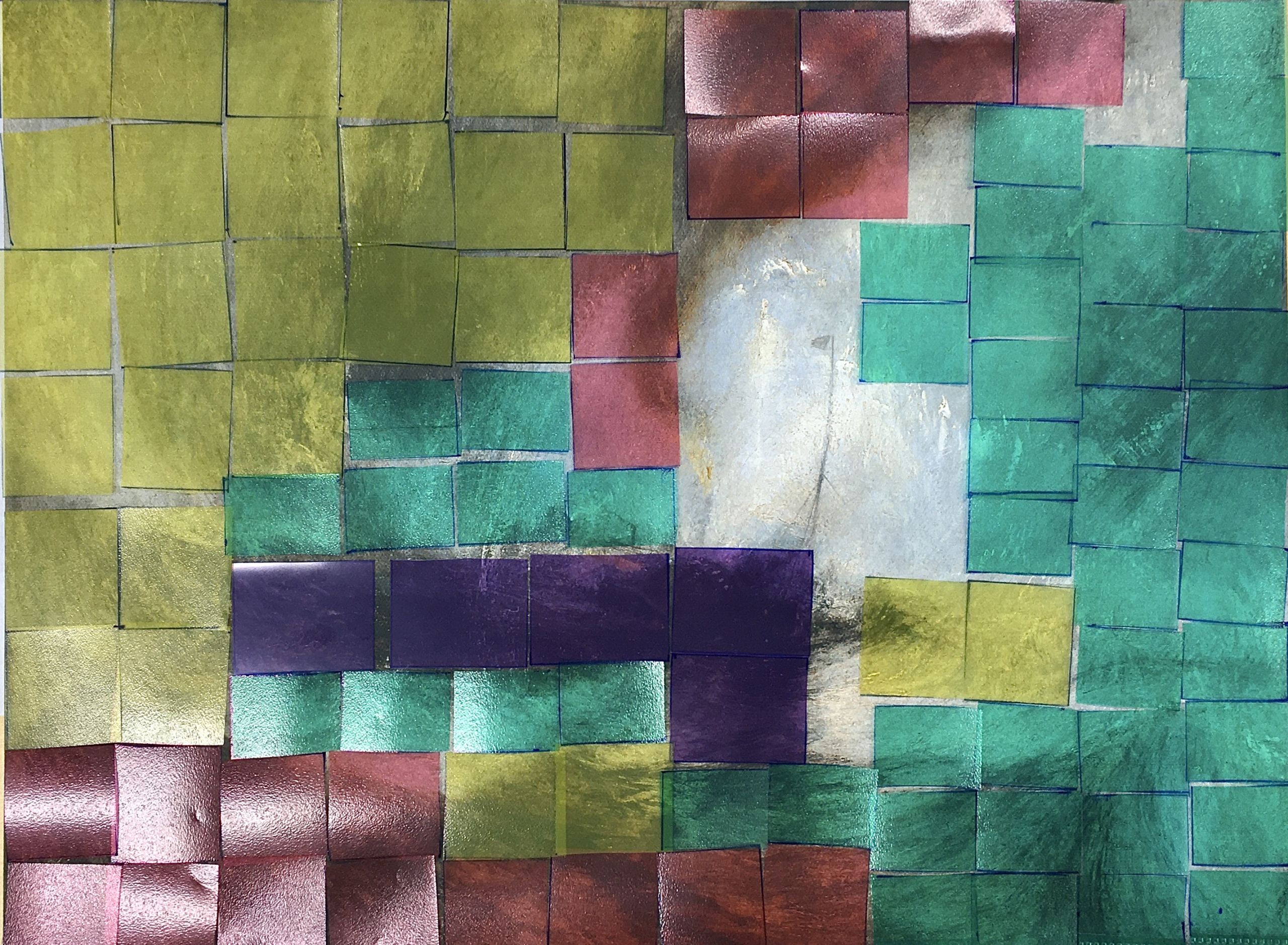
Virtual Exhibition - Outré: Encounters with Non/living Things
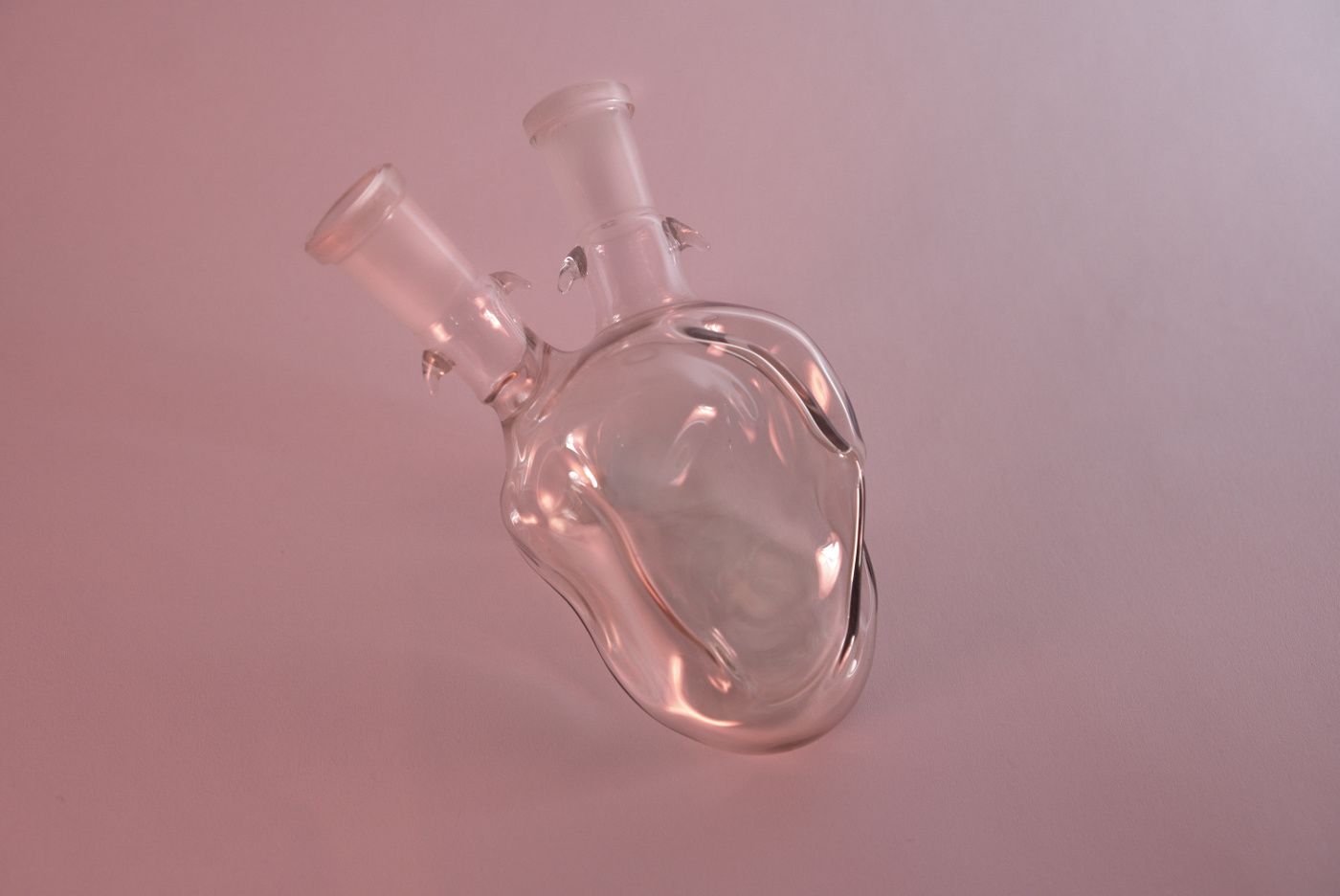
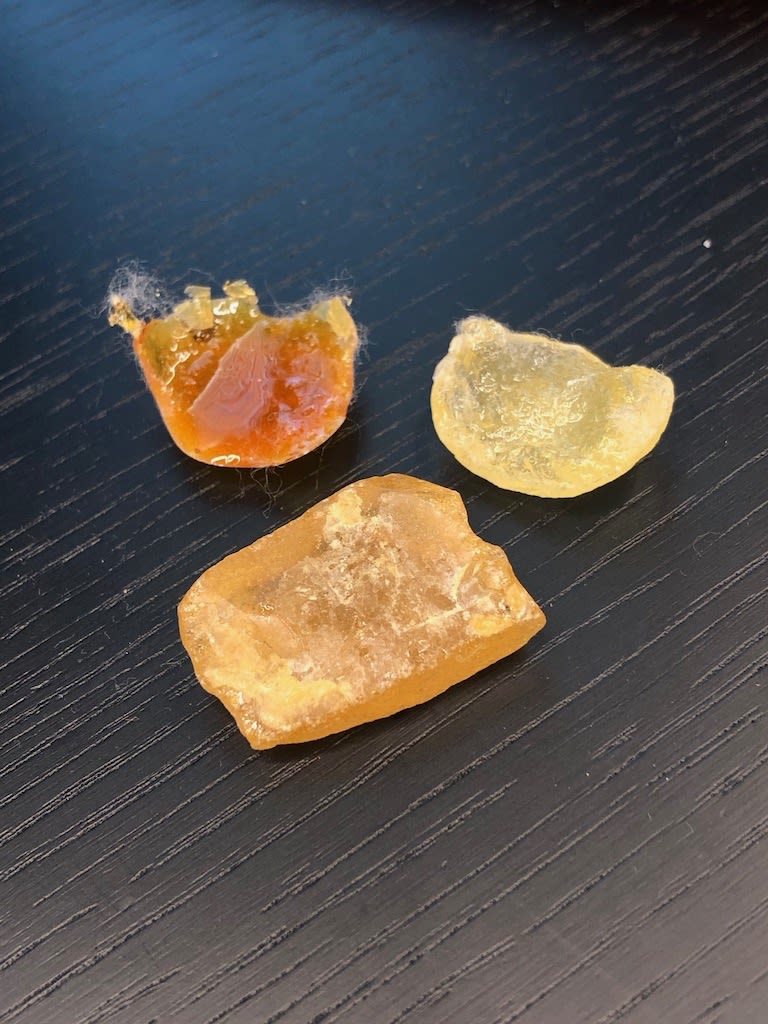
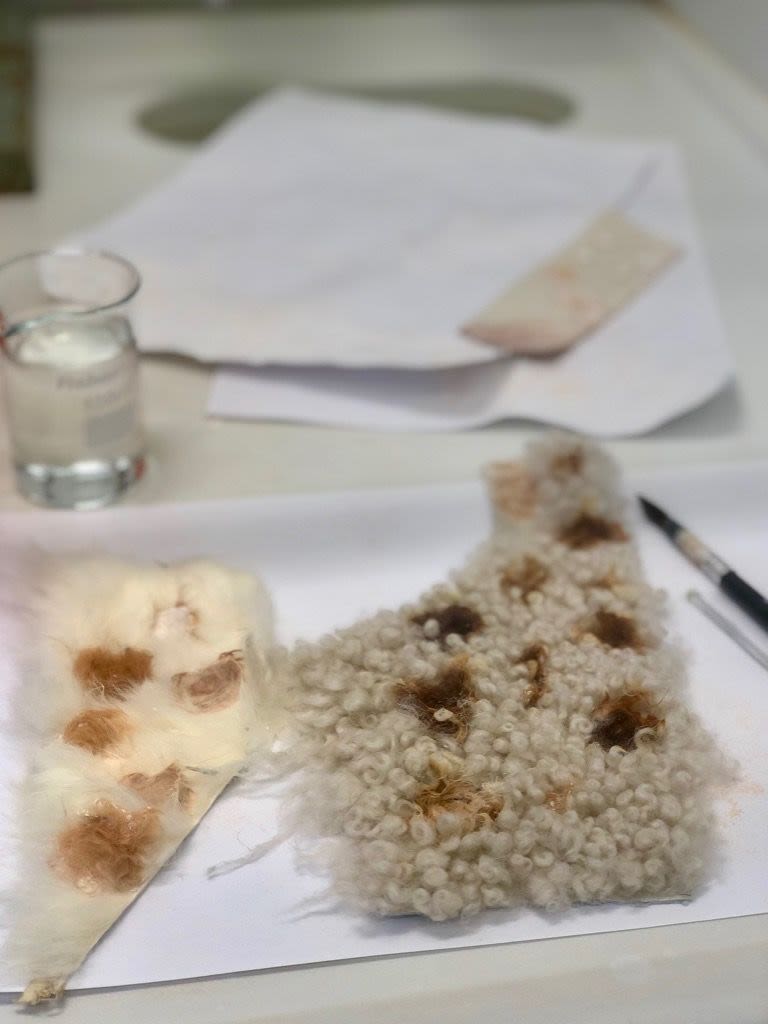
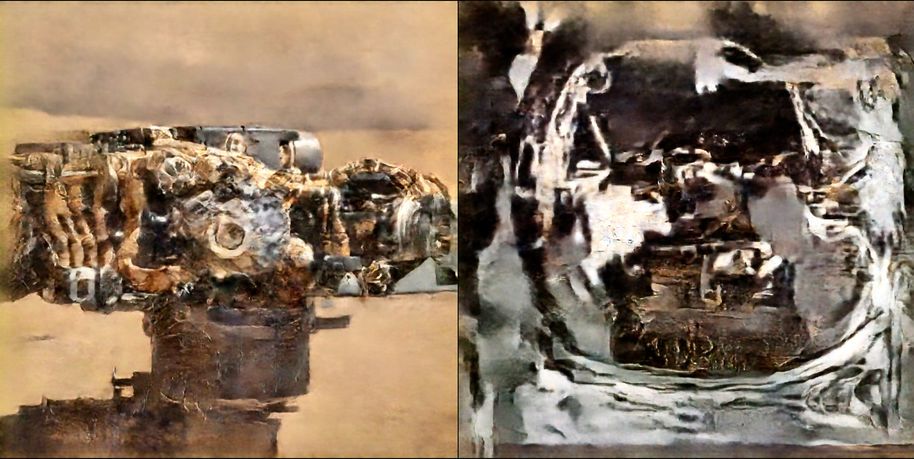
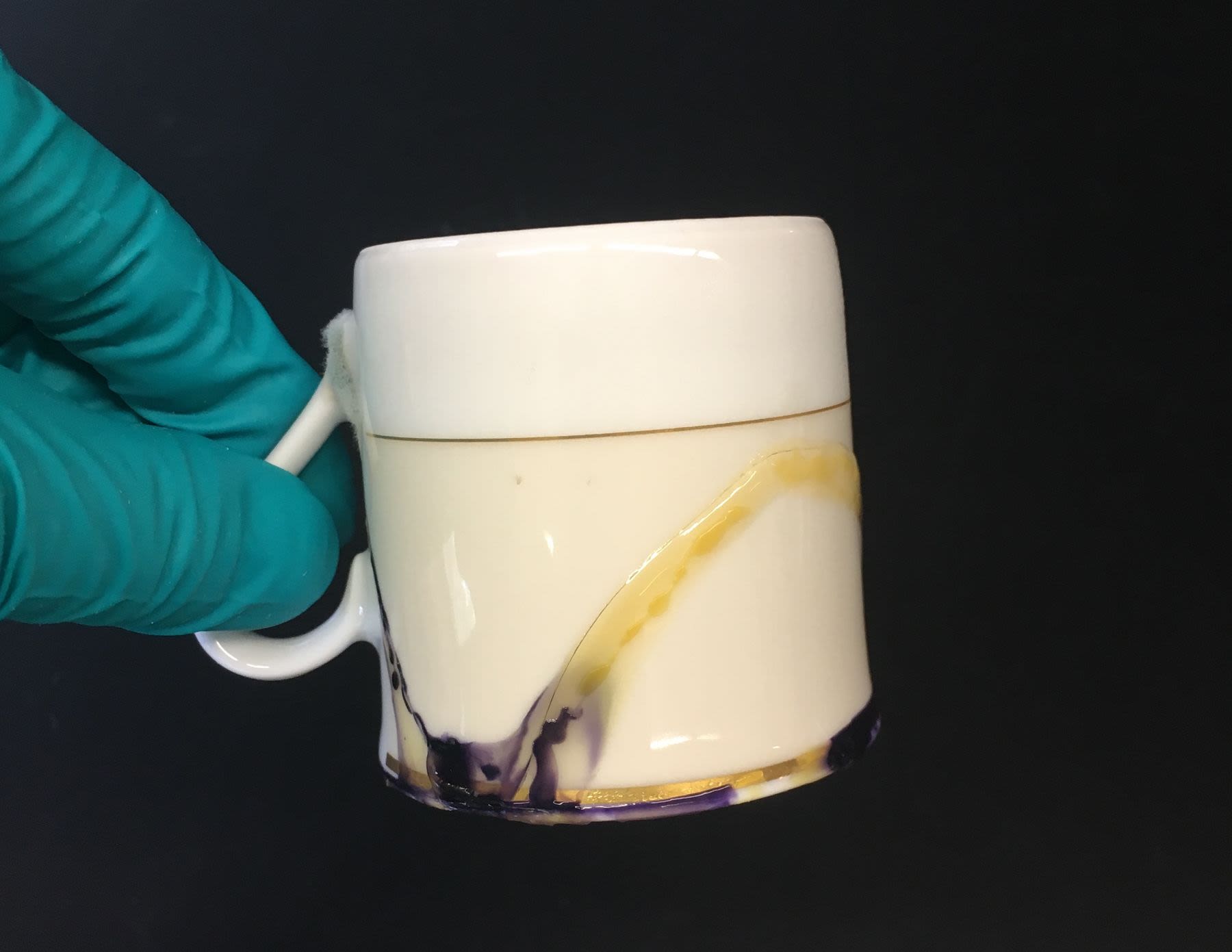

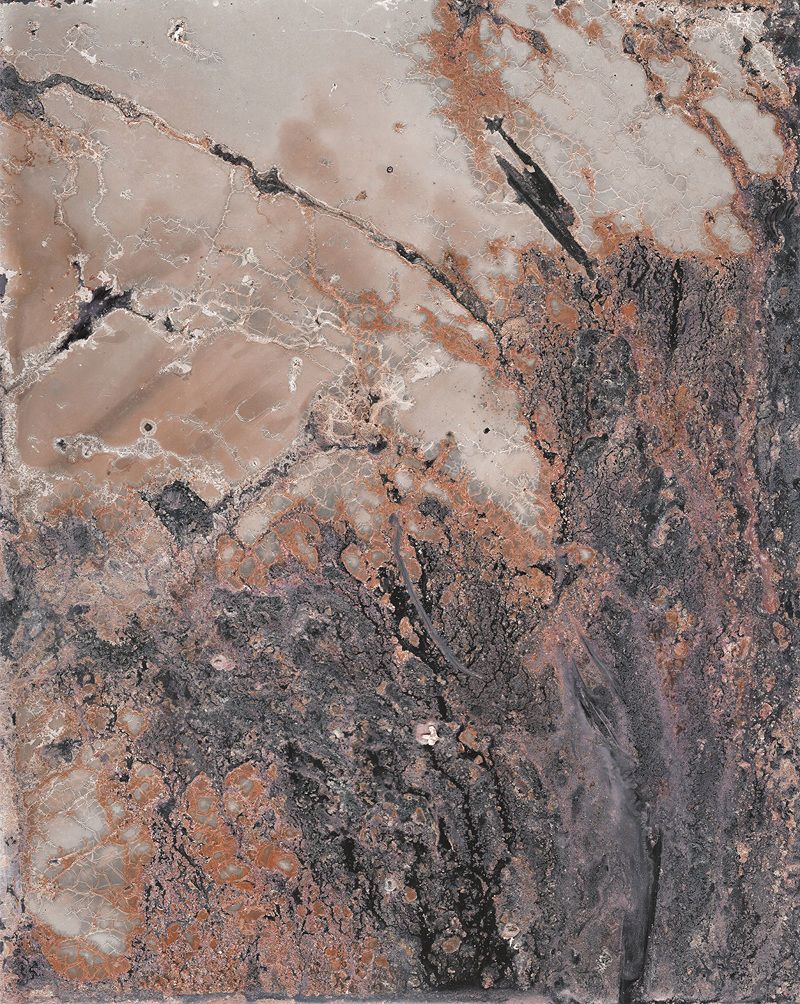


Margherita Pevere: Wombs_W02_glassware.
Margherita Pevere: Wombs_W02_glassware.

Imitation Amber and Imitation Leopard Fur use organic matter and scientific methods to question the material and conceptual boundaries between original and fake, real and imitation.
Imitation Amber and Imitation Leopard Fur use organic matter and scientific methods to question the material and conceptual boundaries between original and fake, real and imitation.

Imitation Leopard Fur, Image by Refashioning the Renaissance Team.
Imitation Leopard Fur, Image by Refashioning the Renaissance Team.

Perihelion 2.0 , super_gene_gold. Image by Antti Tenetz
Perihelion 2.0 , super_gene_gold. Image by Antti Tenetz

Christina Stadlbauer’s Ceramic Scar Tissue studies the significance of the kintsugi (the Japanese art of mending) and their application to the microbial world.
Christina Stadlbauer’s Ceramic Scar Tissue studies the significance of the kintsugi (the Japanese art of mending) and their application to the microbial world.

Ceramic Scar Tissue. Image by Ingvill Fossheim.
Ceramic Scar Tissue. Image by Ingvill Fossheim.

New Sensitivity_map2_Microbes9days_40C_2018. Image by Noora Sandgren
New Sensitivity_map2_Microbes9days_40C_2018. Image by Noora Sandgren

Water breath for the beginning, 2019. Photo: Noora Sandgren
Water breath for the beginning, 2019. Photo: Noora Sandgren

Margherita Pevere, Wombs_W03. Photo: Sanjin Kastelan
Margherita Pevere, Wombs_W03. Photo: Sanjin Kastelan

